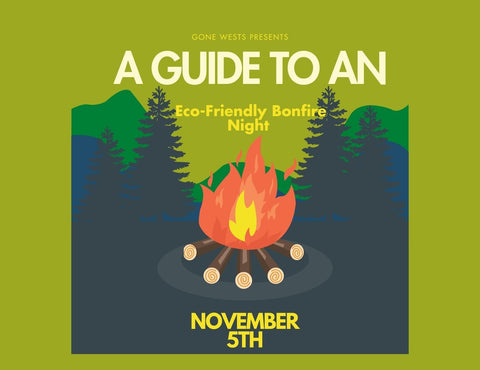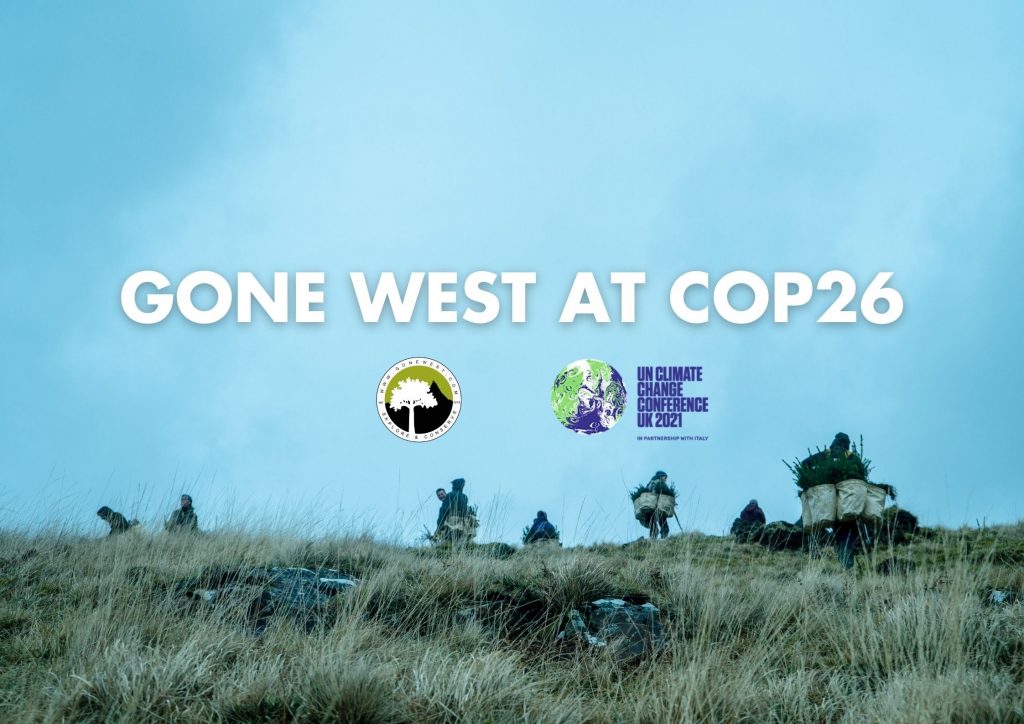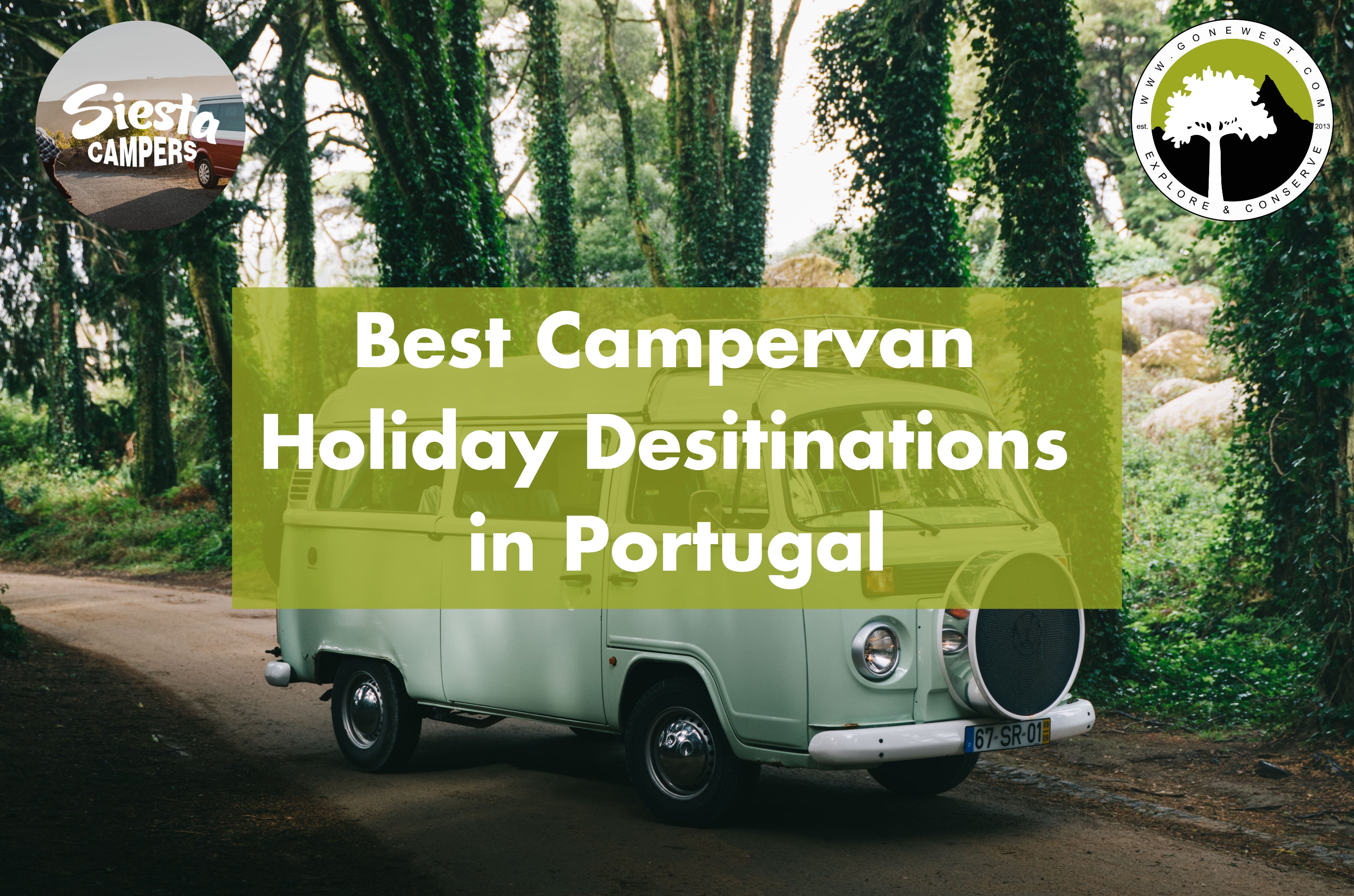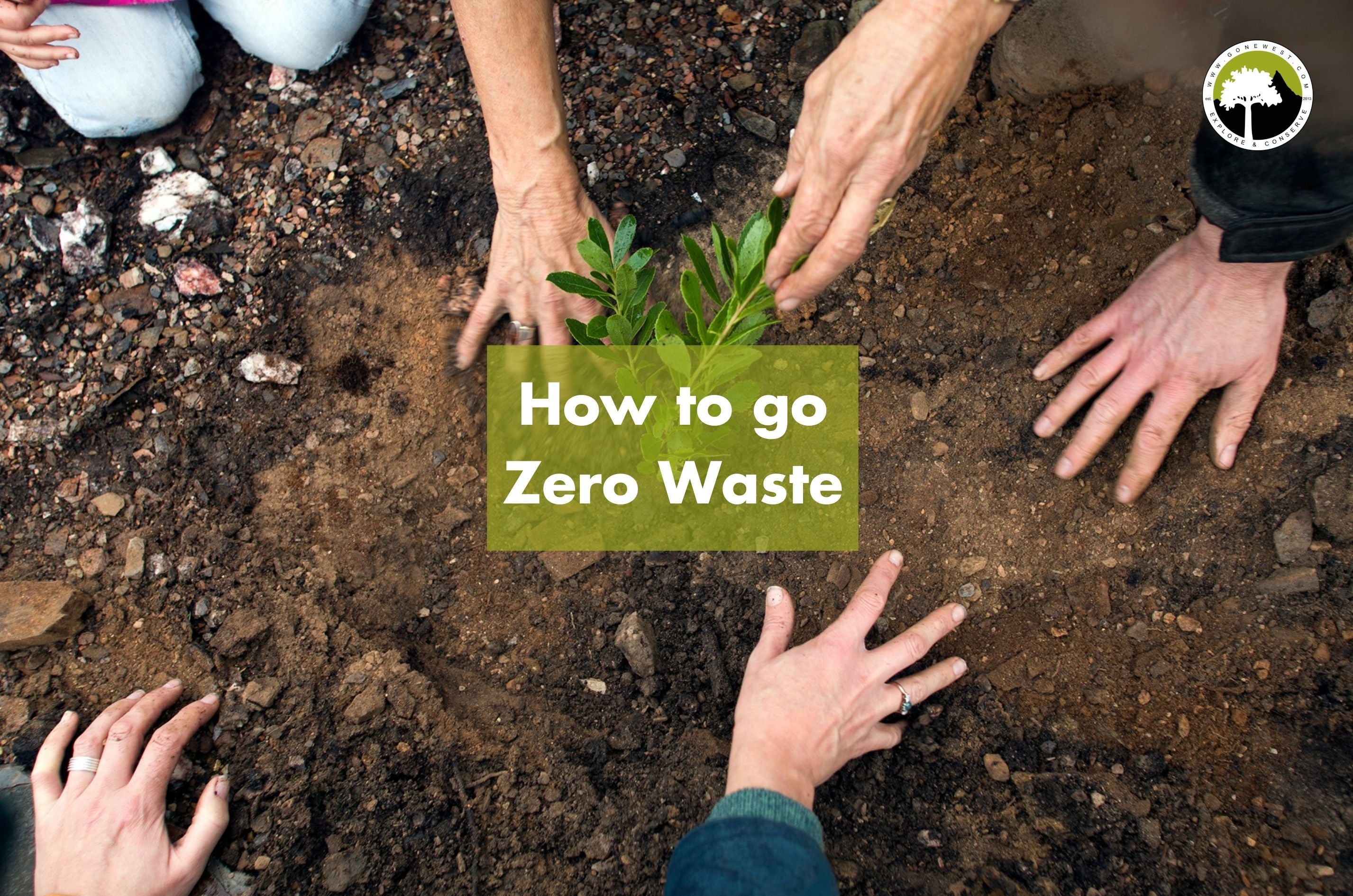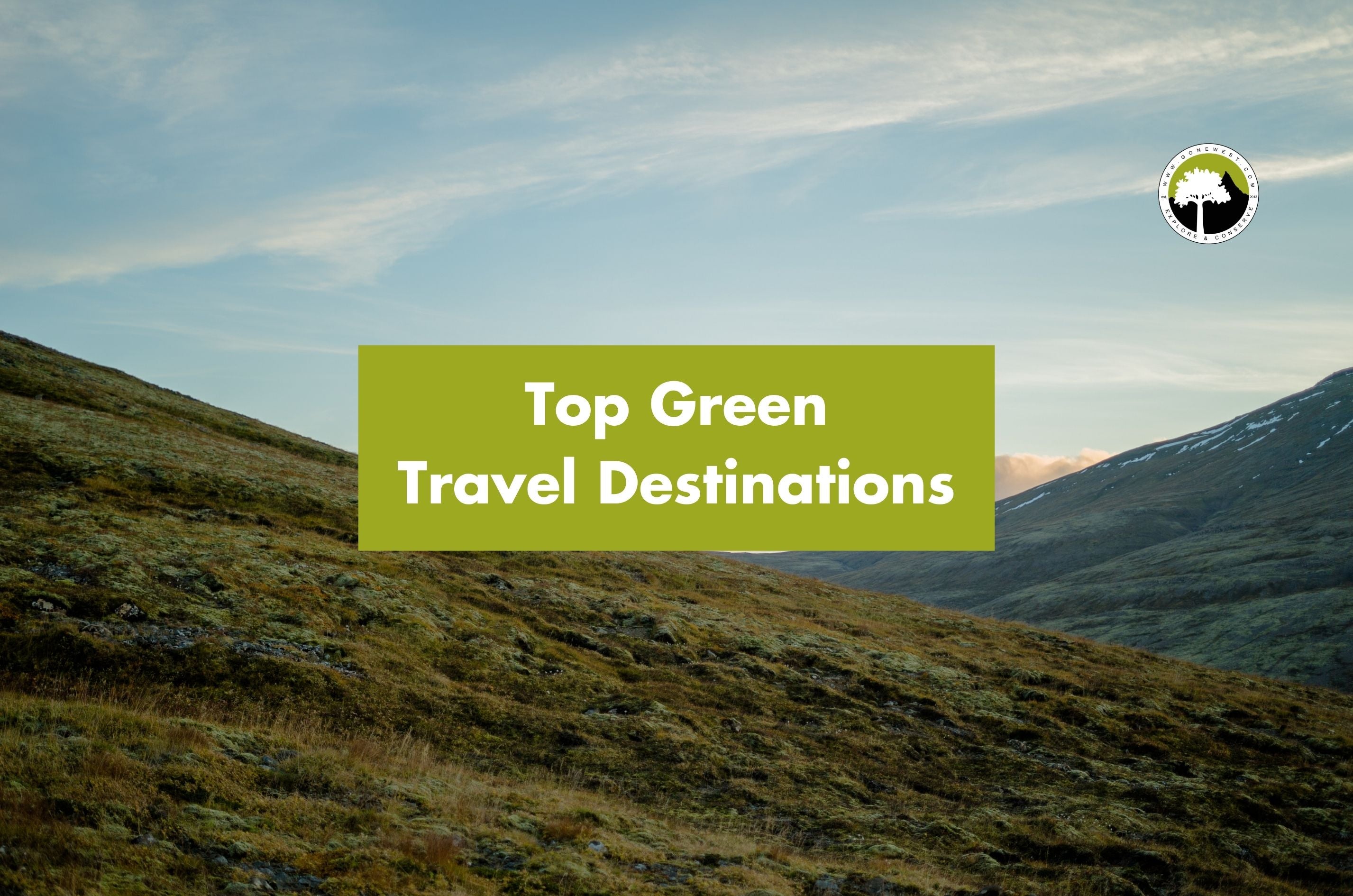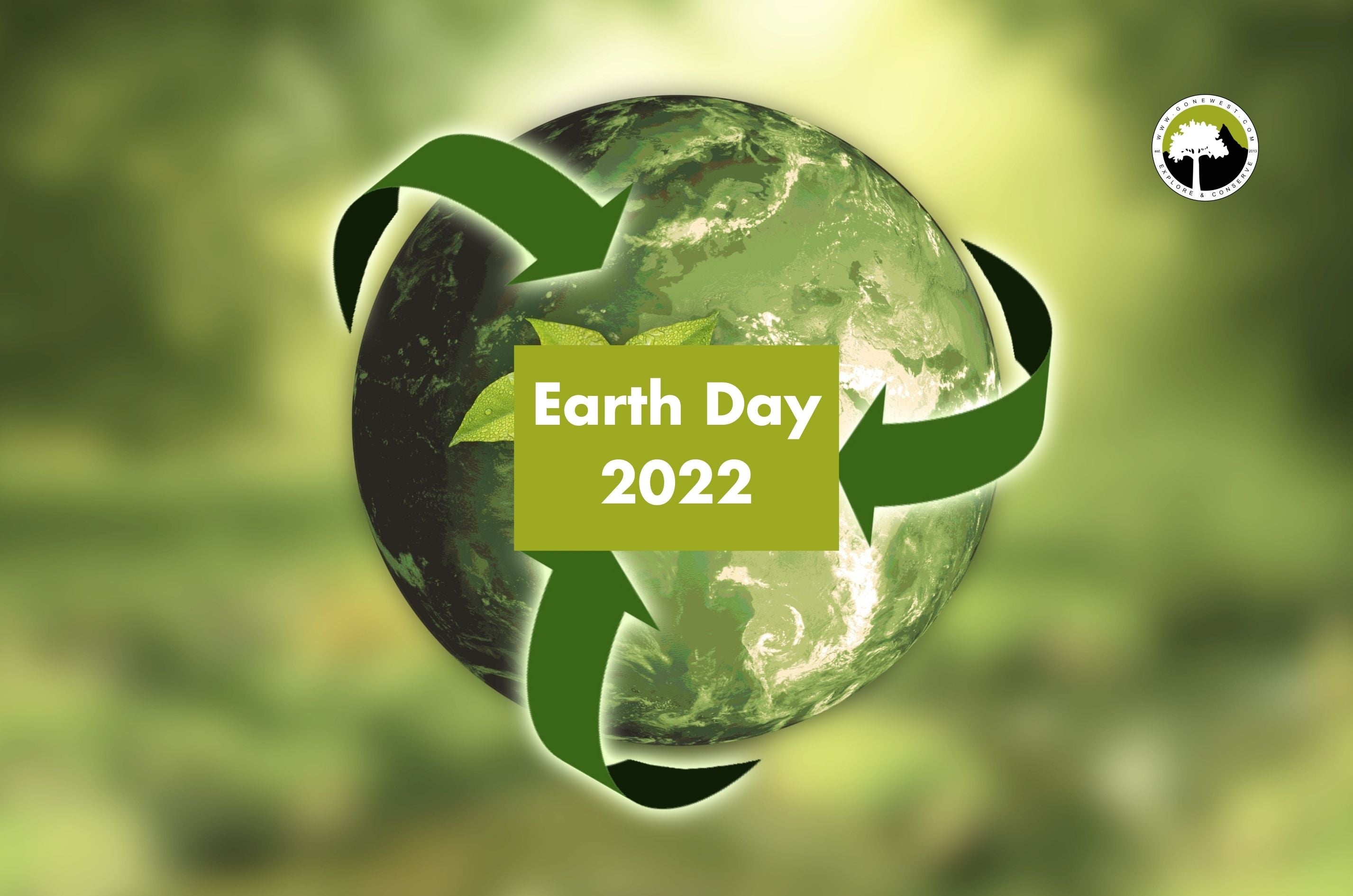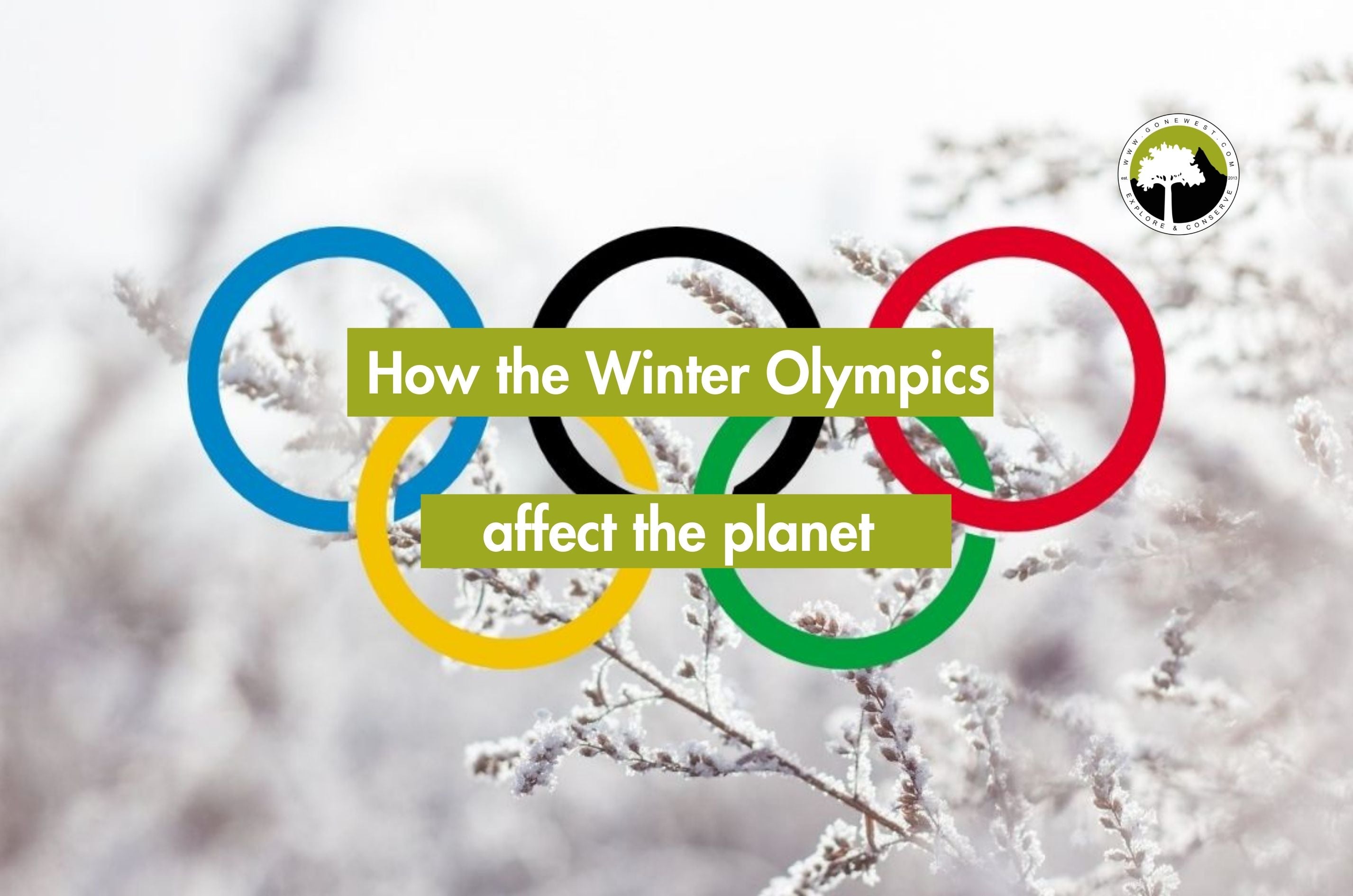Bonfire night is almost here! It’s that time of year again which is marked by the sound of fireworks throughout the whole of October up until 5th November.
The cold air hits and the night is getting darker, it’s a perfect holiday to celebrate with friends and family outside. But whilst it’s great to enjoy these festivities, it’s good to become more aware of the waste that this celebration creates….. In addition to a lot of waste, it can actually cause a lot of harm to our environment as well.
What is Bonfire night?
The history of Bonfire Night dates back to November 5, 1605. Every 5th of November, people across the UK celebrate with fireworks, bonfires, sparklers and toffee apples.
The reason we do is because it’s the anniversary of a failed attempt to blow up the Houses of Parliament. On this date, ‘the Gunpowder Plot’ occurred. This was a failed assassination attempt against King James I. The plan was to blow up the House of Lords during the State Opening of Parliament. The reasons behind both the dates’ names come from its history. It’s sometimes known as ‘Guy Fawkes Night’ because this is the name of the man who created the plot ’Guy Fawkes’. It’s also known as Bonfire night because Bonfires were set alight to celebrate the safety of the King.
Let’s talk statistics. The UK Government claims that bonfire night celebrations are worse for air quality than any other day of the year and that Bonfire night has a worse effect on air quality in the UK than all of the country’s waste incinerators’ yearly emissions.
Why fireworks are bad for the environment…
Bonfire night is regularly the most polluted day of the year in the UK due to the mixture of pollution from bonfires – ‘the traditional way of marking Guy Fawkes’ – and modern day fireworks and sparklers.
Fireworks cause extensive air pollution in a short amount of time, leaving metal particles, dangerous toxins, harmful chemicals, and smoke in the air for hours and days. Some of these toxins never fully decompose or disintegrate, but instead hang around in our environment, poisoning all they come into contact with. Exposure to fine particles, like those found in smoke and haze, is linked directly to the increase of coughing, wheezing, shortness of breath, asthma attacks and even heart attacks. This can greatly affect those with a weakened immune system.
The compounds used to create all the vibrant colours and effects contain heavy metals or other toxins that contribute to contamination in our water and soil. As well as that, fireworks often contain carcinogenic or hormone-disrupting substances that can seep into soil and water, not to mention the lung-clogging smoke they release and plastic debris which then scatter.
Worried about climate change? Why not check out our eco-friendly travel blog to pick up habits whilst travelling that can help our planet on a singular level.
Choose your fireworks wisely
There’s no better thing than looking up on bonfire night with the array of magical colours and designs lighting up the sky. We have enjoyed the glitz and glamour of fireworks for many years. However, traditional fireworks and the ones we still use today are still made with the same essential elements from way back then which includes; potassium nitrate, sulfur and charcoal along with lead, titanium, strontium, and copper and although people are only exposed to these substances for a short time each year, they are much more toxic than the pollutants we breathe every day.
Whilst eco-friendly fireworks are not as price friendly and widely available, they do still exist and there are some options that have been created to reduce the amount of pollution produced. Opting to buy eco-friendly fireworks may be more expensive, but you’ll have a lesser effect on the environment. However, if you are worried about your impact on the environment why not donate a tree with us to help offset your carbon footprint this bonfire night?
If you are looking for a more cost-friendly alternative to being more eco this bonfire night, then opt for white coloured fireworks that have fewer chemicals than their colourful counterparts. An article by the sustainable energy company Ecotricity reports that although more sustainable firework options are difficult to find, ‘white coloured fireworks will have fewer harmful chemicals than the more colourful versions’ and so are less polluting and not as toxic.
Don’t use sky lanterns!
Stay away from sky lanterns otherwise known as ‘Chinese lanterns’. They are popular for their aestically pleasing views, but whilst they do make for a pleasant viewing experience, they have detrimental effects on our environment and nature. If you still want to use them there are better options, you can find biodegradable ones such as the ones from Sky Lanterns Online.
Non eco-friendly lanterns will become litter when they land and can harm local wildlife. The RSPCA warned that there is the risk of ‘ingestion, entanglement and entrapment’ for local species. They have also been known to set fire to dry woodland areas and other areas causing large fires. Biodegradable lanterns are much better for the environment. By buying a biodegradable lantern, it enables the material to gradually disintegrate over time and not affect our environment as much in a negative manner.
Go to a public display
The best way and and easiest way to reduce your impact on Bonfire Night is to attend a public firework display, as opposed to setting off on your own at home.
Another bonus to this option is that it’s a lot cheaper, public displays are usually free and fireworks are known to be pretty expensive, you can even bring your own food along!
Make sure to plan your Bonfire
Whilst there is no way to burn wood without some impact on the planet, there are ways to minimise your effect when planning your bonfire at home.
You first need to consider what you’re actually burning. Make sure you are only using combustible trash instead of burning things such as old furniture. There are potentially a lot of harmful chemicals that can be released that could affect the lungs of those watching. In addition, they may be extremely flammable, making it dangerous for you to burn them.
Secondly, let’s talk about wood. It’s not eco-friendly to burn wood that could have been repurposed, reused or upcycled. So make sure to use scrap wood. You can start acquiring this throughout the year and, although it’s a little late in the year now to collect enough wood, you can start now so you’re ready for next year!
You can also make sure to use the opportunity of a bonfire to cook or roast things, you could use this as a sort of bbq or simply to roast things such as marshmallows to make s’mores! But make sure to only do this on bonfires that are dying and not ones that are fully ablaze!
Eco-friendly alternatives to Sparklers
Sparklers are great fun, especially amongst younger kids, and are hailed as a staple of celebrating bonfire night. However, because sparklers’ metal rods are coated with all oxidizers, fuels and binders, they are poor candidates for recycling. For that reason, you should opt to buy biodegradable sparklers such as these, which are eco friendly and available to buy on Amazon.
Clean up & Recycle
It might go without saying, but you can limit your impact on the local environment by correctly disposing of any waste you create at a community display or in your own home. Make sure to recycle any firework packaging or party items that you can, if there are any leftover fireworks or party decorations make sure to reuse these for next year.
Now let’s talk about food, if you are hosting a bonfire party there’s sure to be a lot of food around, but try to keep to the minimum to reduce food waste by pre-planning how many guests are going to be there and calculate per head what will be needed. If there is any leftover food be sure to either use it for leftovers, give it to guests to take home or compost any food waste that can’t be eaten as leftovers.
We hope you’ve enjoyed reading our blog and have a great bonfire night! Please do go on to help make your bonfire night celebrations become a little bit more eco friendly this year, or the next!
That’s all for now, to keep up with us on our forestation journey be sure to follow our Instagram and subscribe to our monthly newsletter for updates.
Stay in the loop

